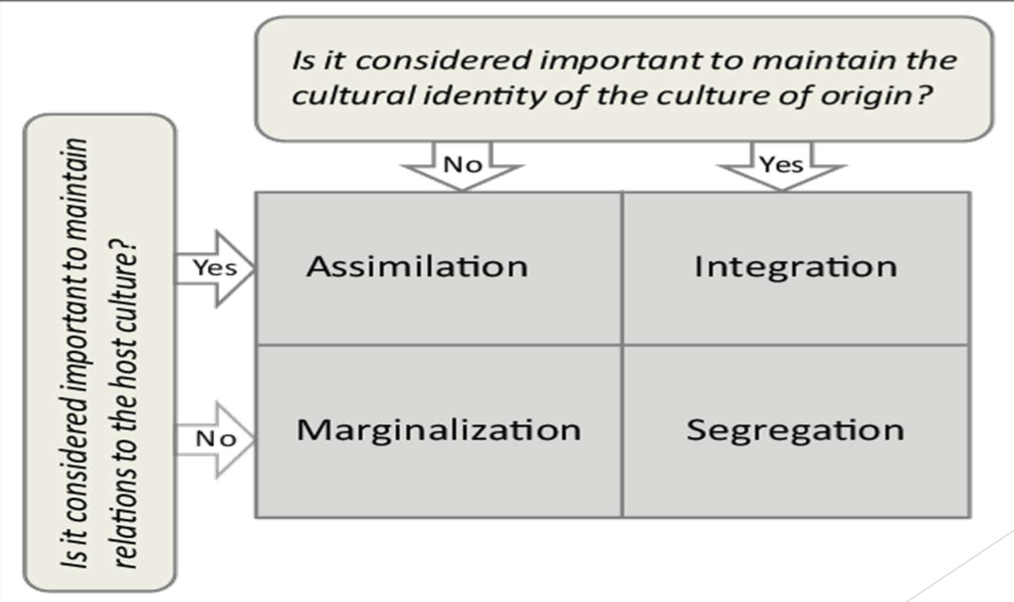Culture Shock SG
1/3
There's no tags or description
Looks like no tags are added yet.
Name | Mastery | Learn | Test | Matching | Spaced |
|---|
No study sessions yet.
4 Terms
The ABC Model applied to stereotypes, prejudice, and discrimination
Three components of attitude:
affective (Prejudice): how we feel about something, our initial reaction
emotional response people have towards a group
feeling fear/anger/dislike toward a particular ethnic group without personal experience
Behavioral (Discrimination): what we do about something, our intentions
can be informed by our attitude or cognition
if we are afraid of something (affect) we might run (behavior)
refusing to hire someone because of their race
Cognitive (Stereotypes): what we think about something
beliefs or thoughts about a group
Stereotypes (cognition) fuels prejudice (affect) which may lead to discrimination (behavior)
Collectivist vs. Individualistic Cultures
Individualistic: European/North American Countries
tend to describe themselves in terms of internal characteristics/traits which make them unique from others
people much more loosely tied to other people/groups
own interests over group interests
people function independently primarily looking after themselves & immediate family
competition rather than cooperation valued
more direct in how they express themselves
place a greater emphasis on explicit communication + telling it how it is, even if that may cause pain
self worth evaluated in terms of its independence + uniqueness
self esteem based on individual talent, achievement, influence, and recognition
much more brittle relationship with authority + law
less importance accorded to social cohesion
diversity in values, behaviors, and practices is accepted + explicitly advocated
Collectivist: Asian/Latin Countries
think of themselves in terms of their affiliation with their people
interest of the group has priority over the needs of individuals
interdependent, cooperative relationships
tight social networks
direct confrontation avoided
sensitive to norms & situational constraints regarding behavior in groups
become experts at reading interpersonal messages
relay on indirect cues to interpret communication style + content
Berrys Model of Acculturation
empirical method that can be used to place individuals into categories based on their answers to 2 questions:
Assimilation: individuals adopt the cultural norms of a dominant or host culture, over their original culture
separation: individuals reject the dominant or host culture in favor of preserving their culture of origin; often facilitated by immigration to ethnic enclaves
integration: individuals are able to adopt the cultural noms of the dominant or host culture while maintaining their culture of origin; leads to & often synonymous with biculturalism
marginalization: individuals reject both their culture of origin & the nominal host culture

beep
boop